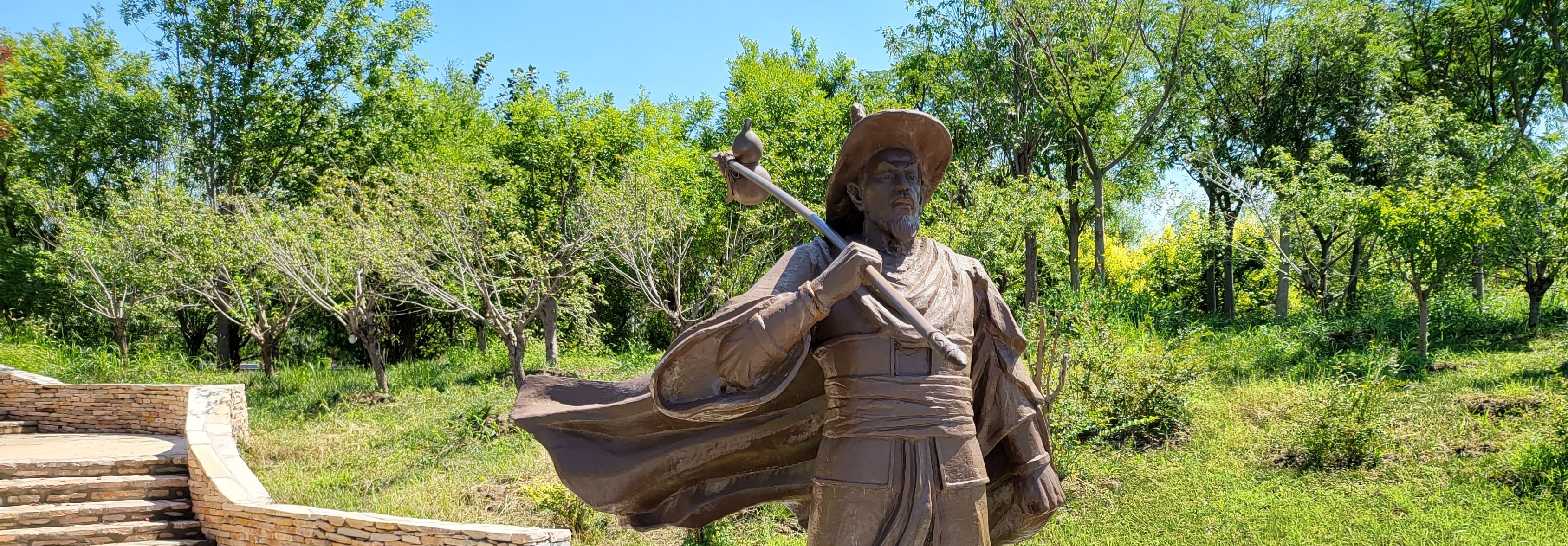Baboons in the Castel Sant’Angelo
Nəşr edilmişdir: 24.05.2024
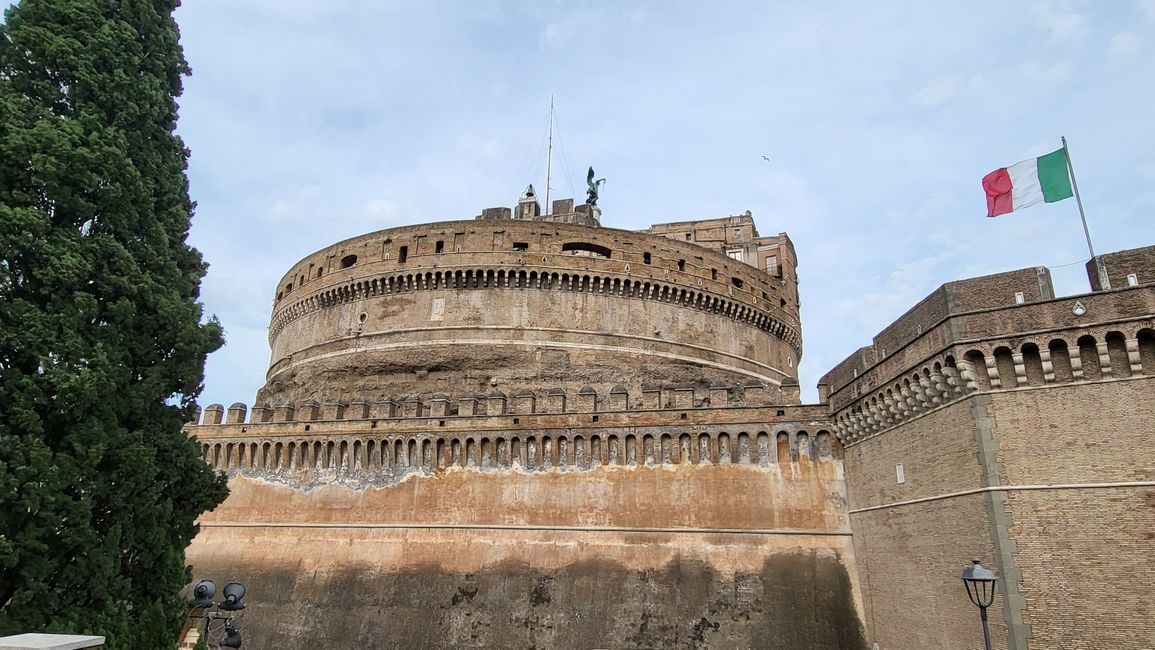
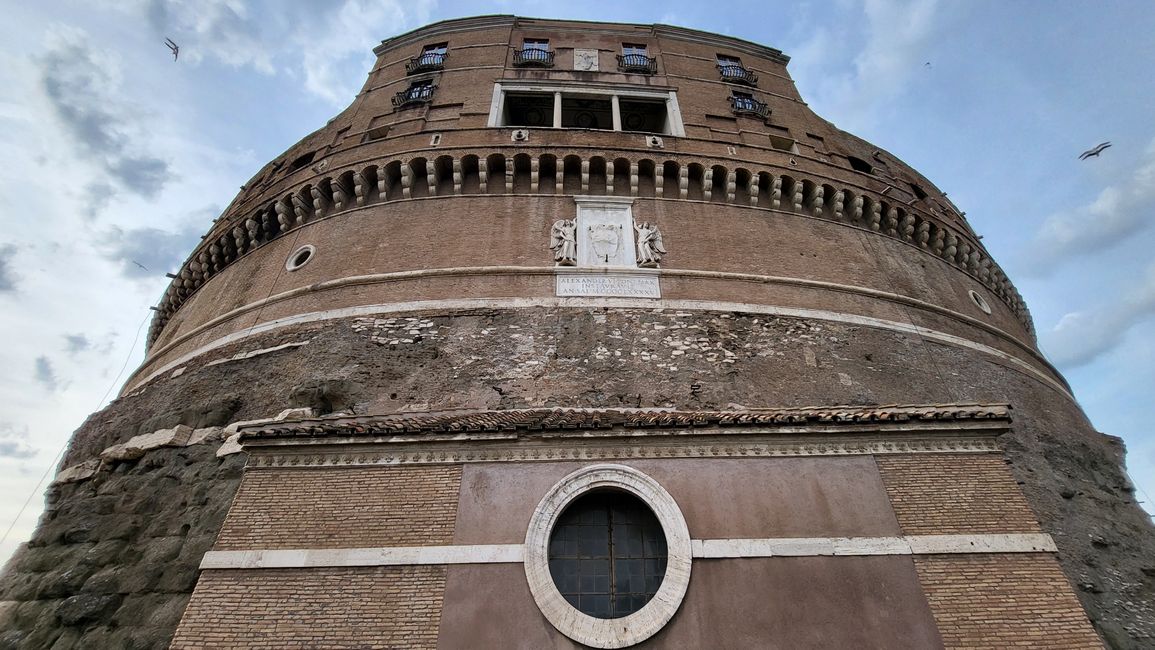


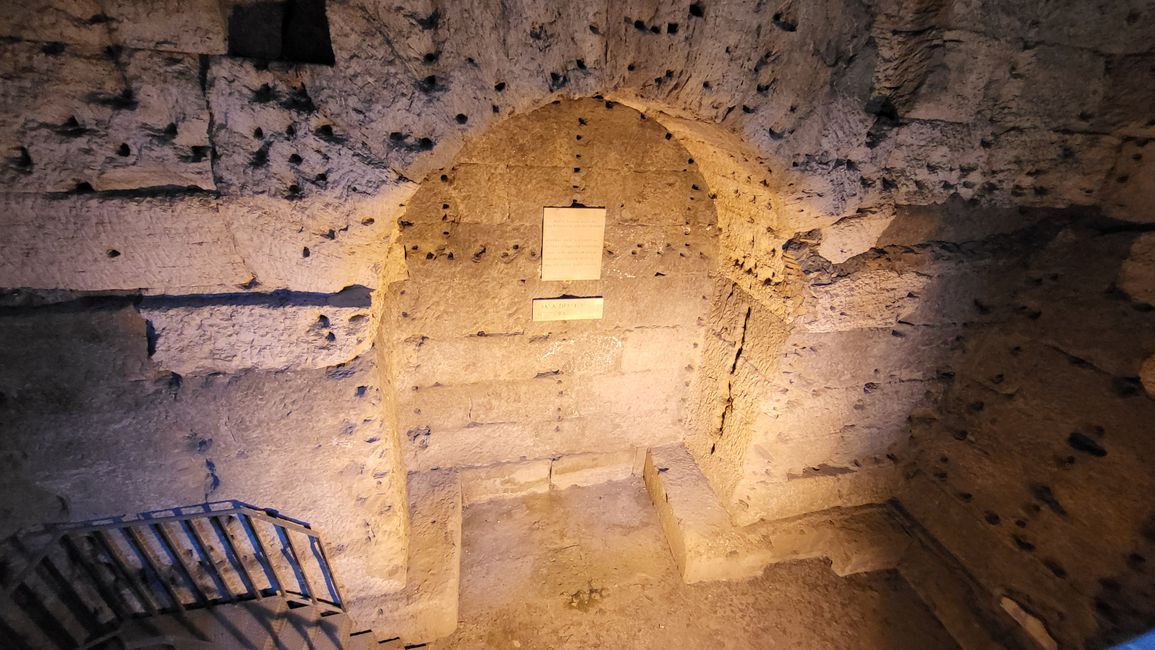
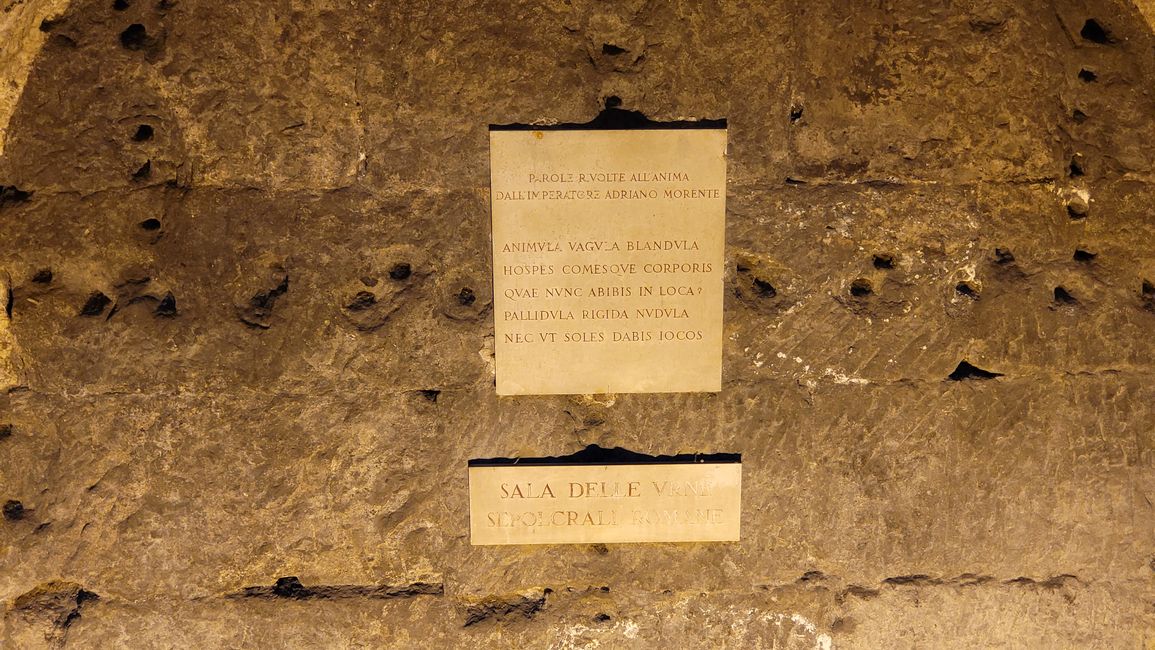
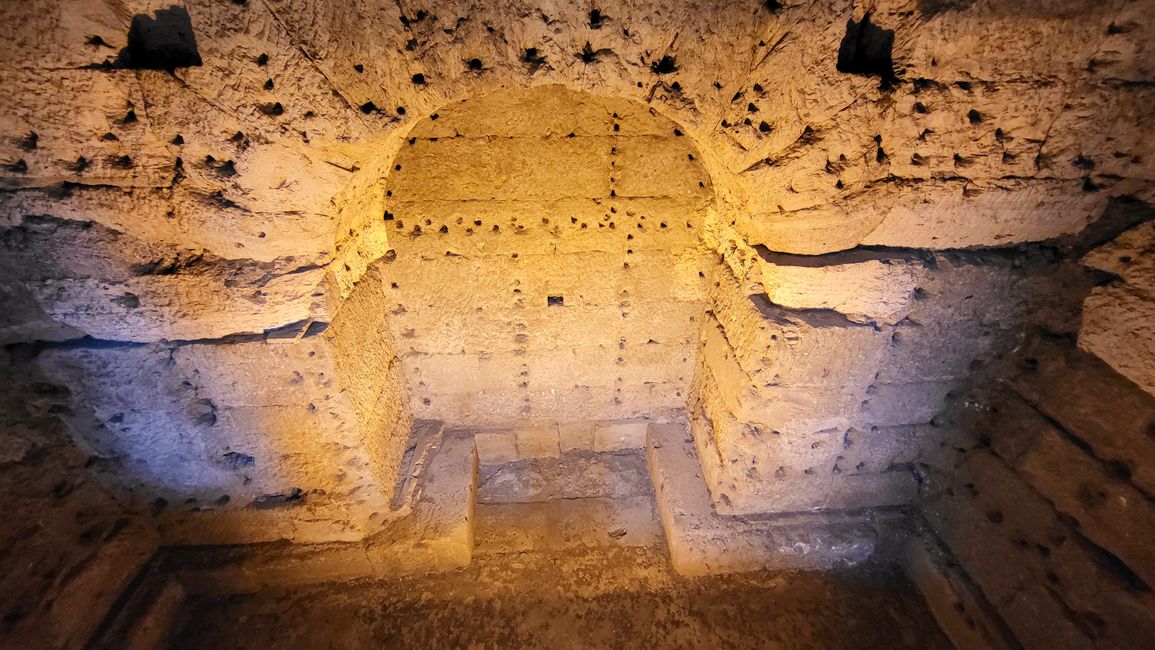

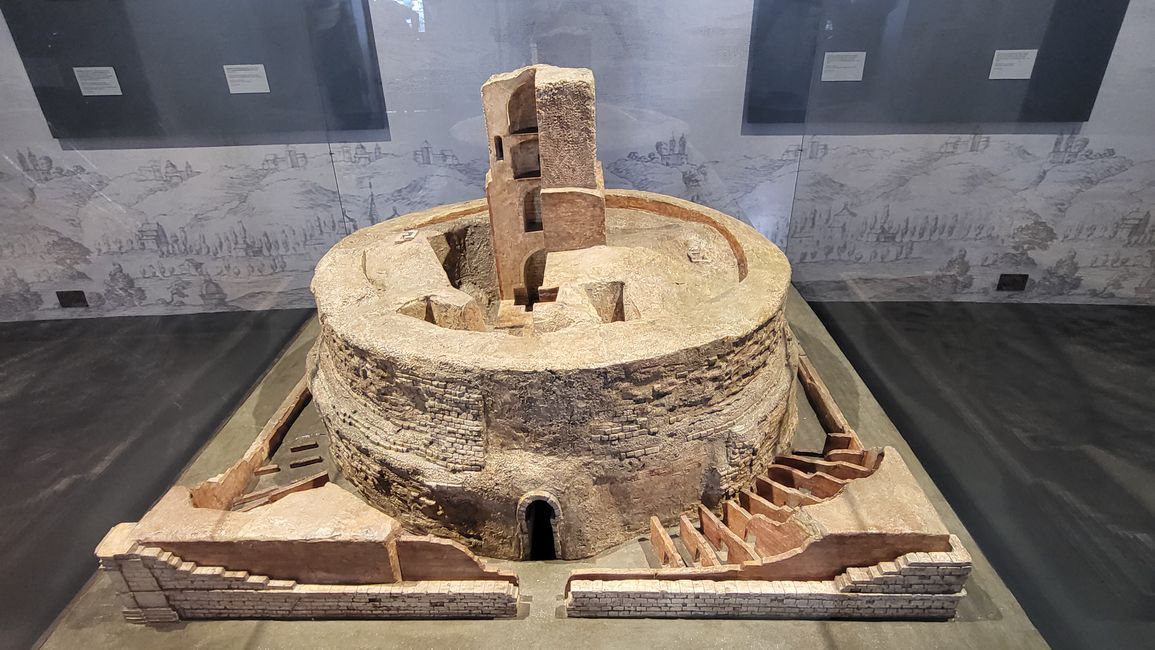
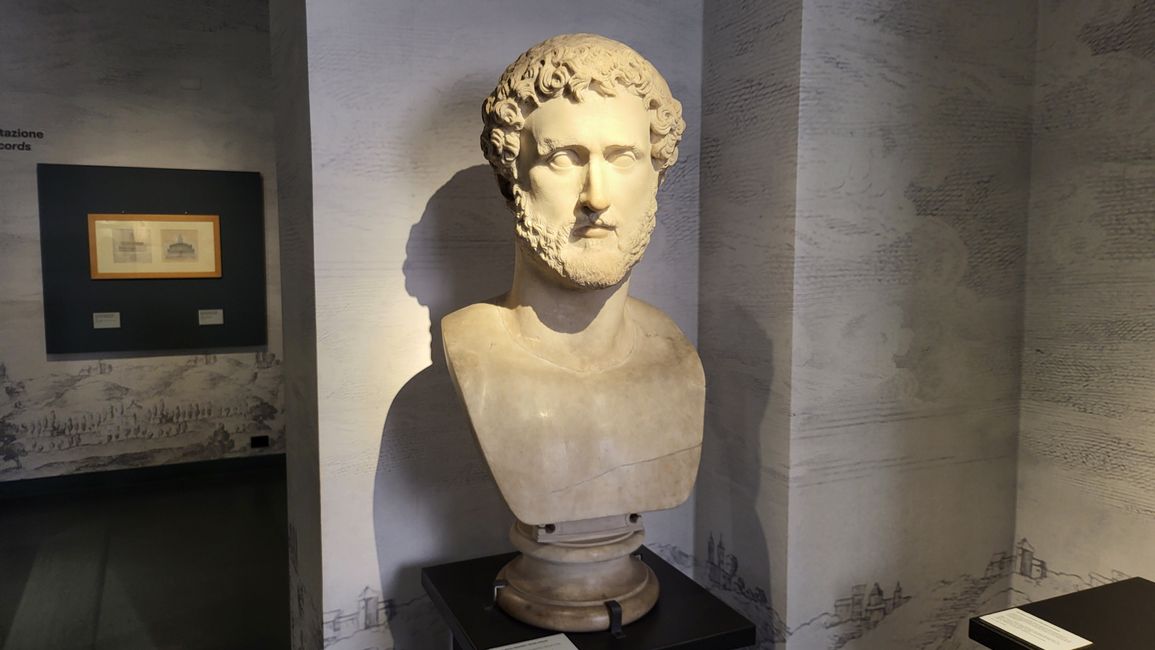
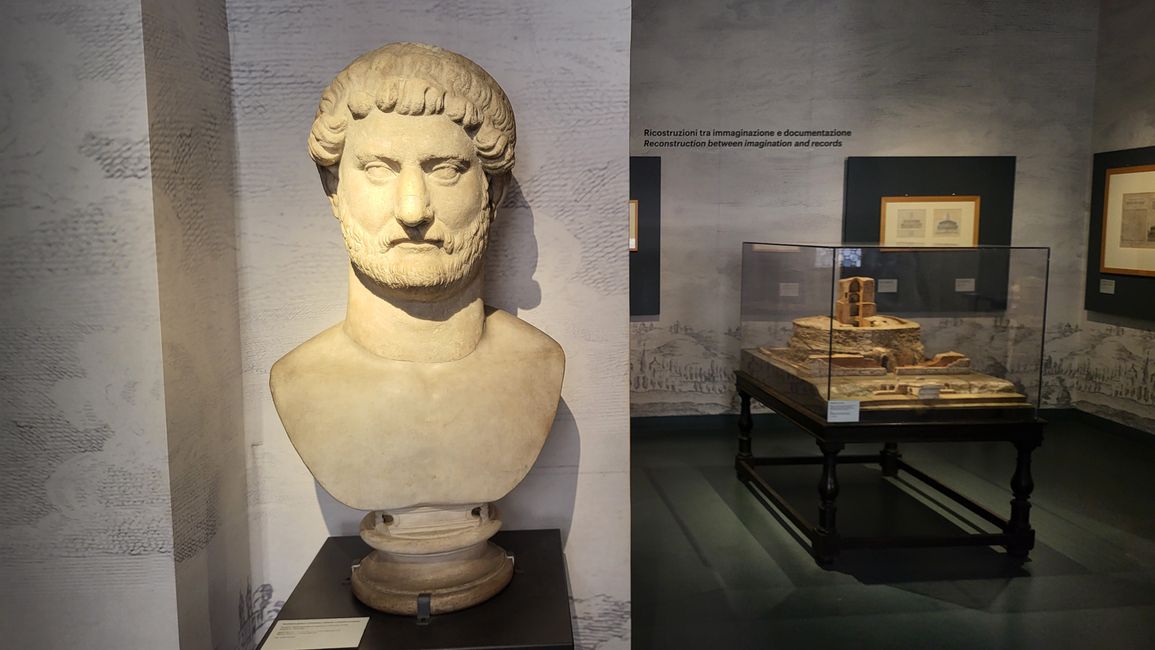
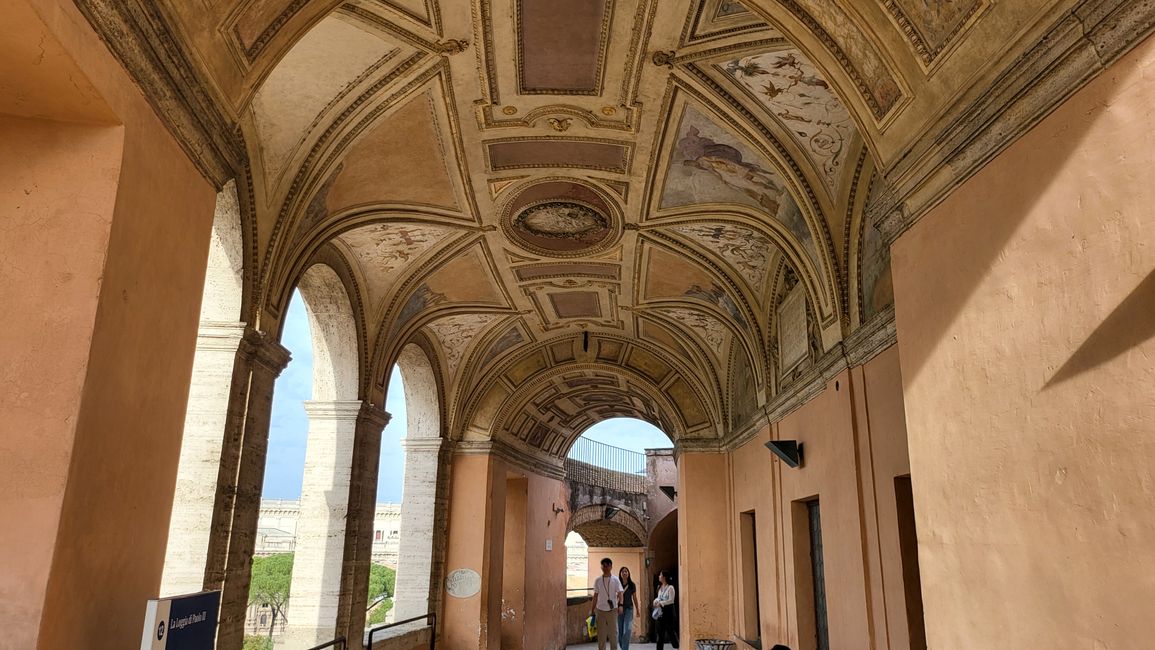
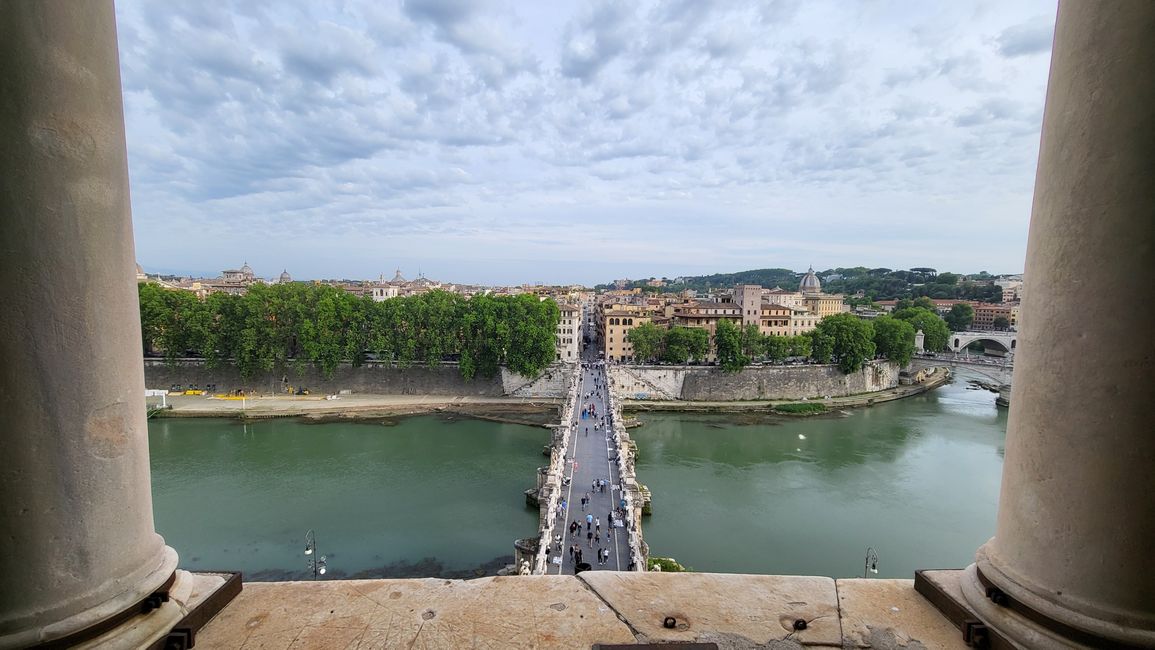
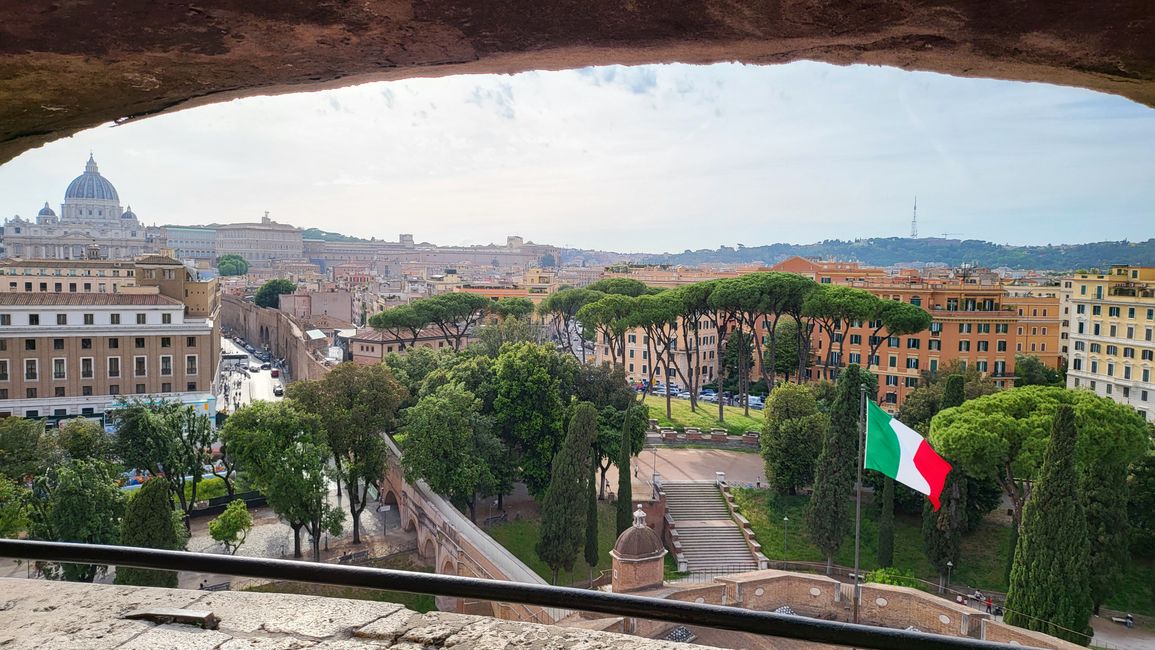
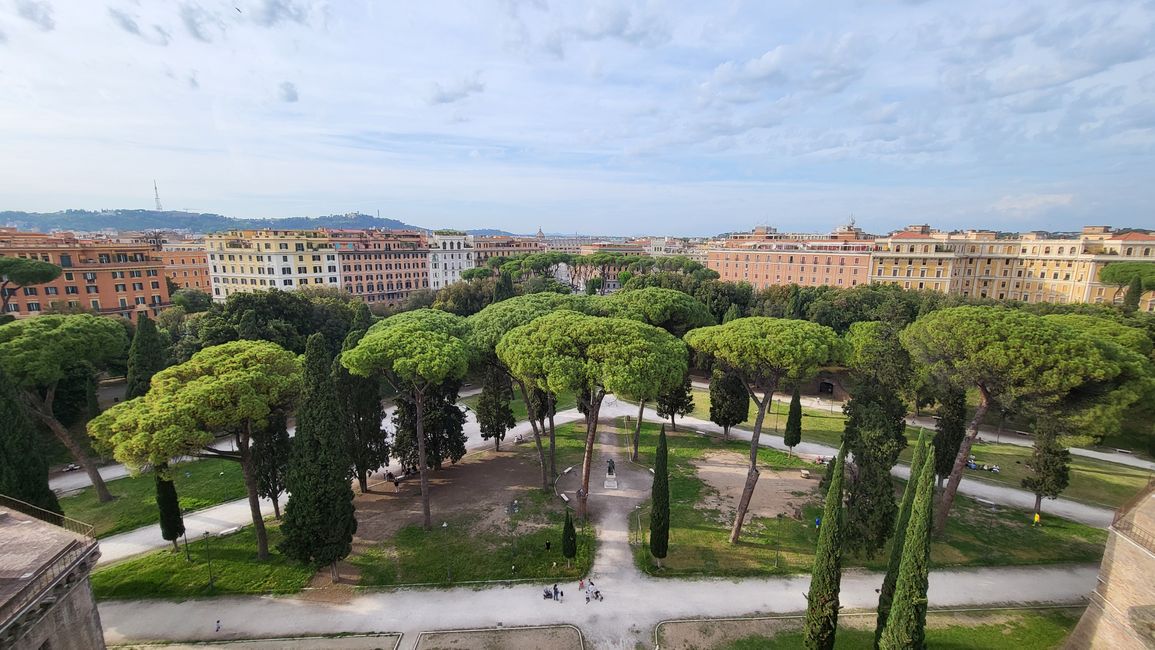
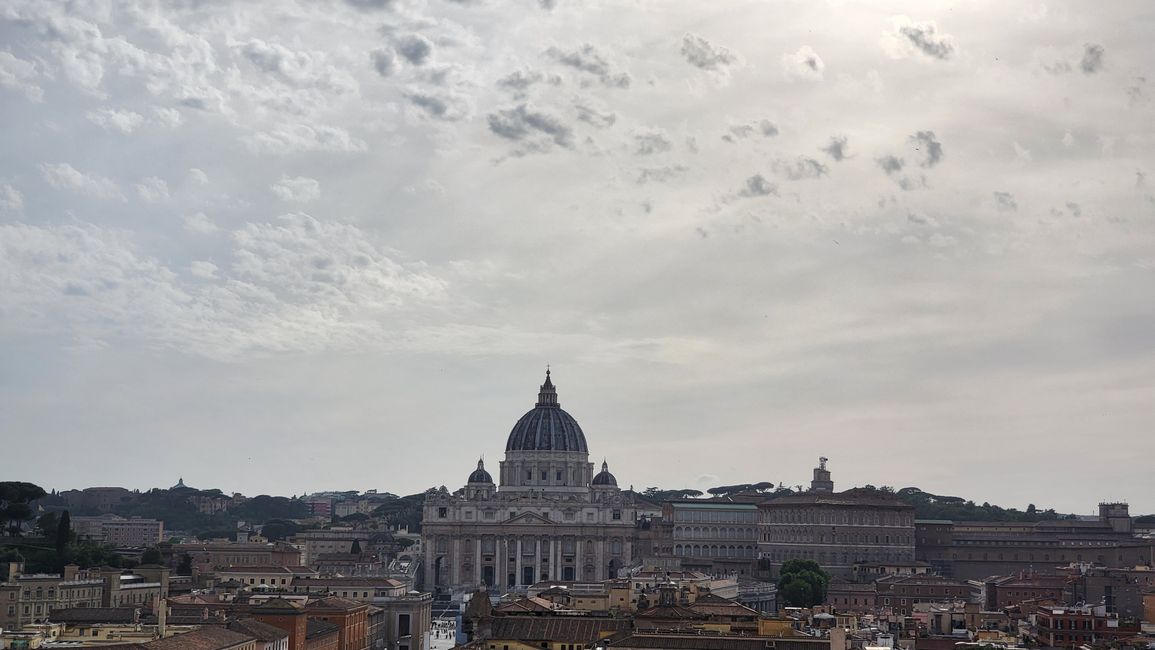
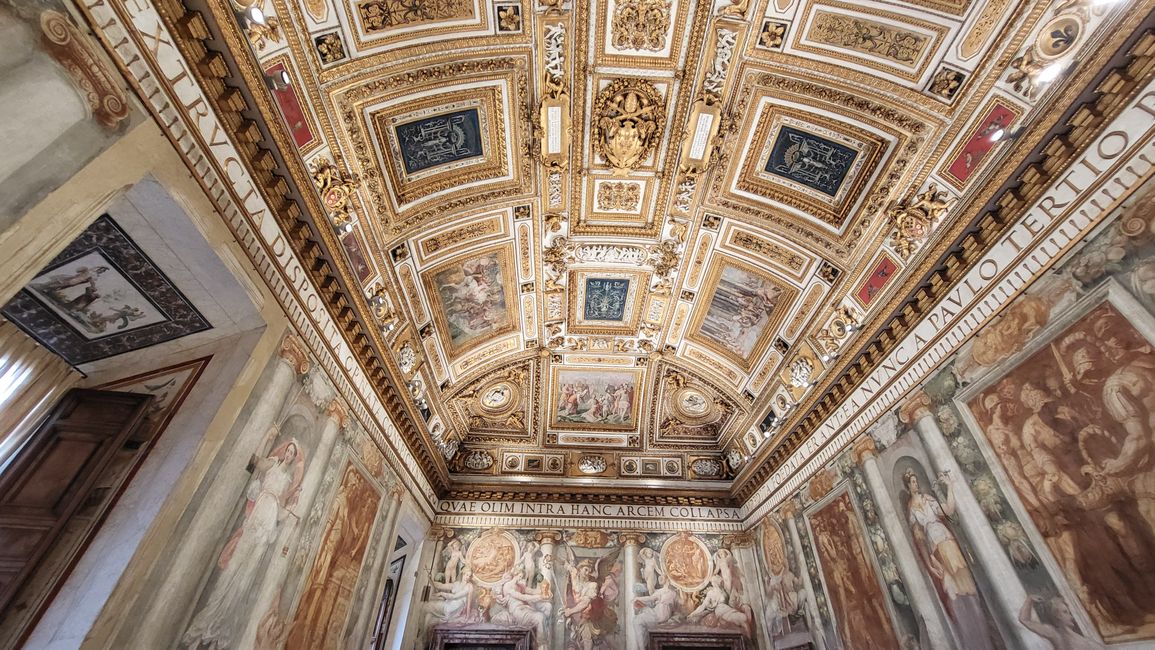
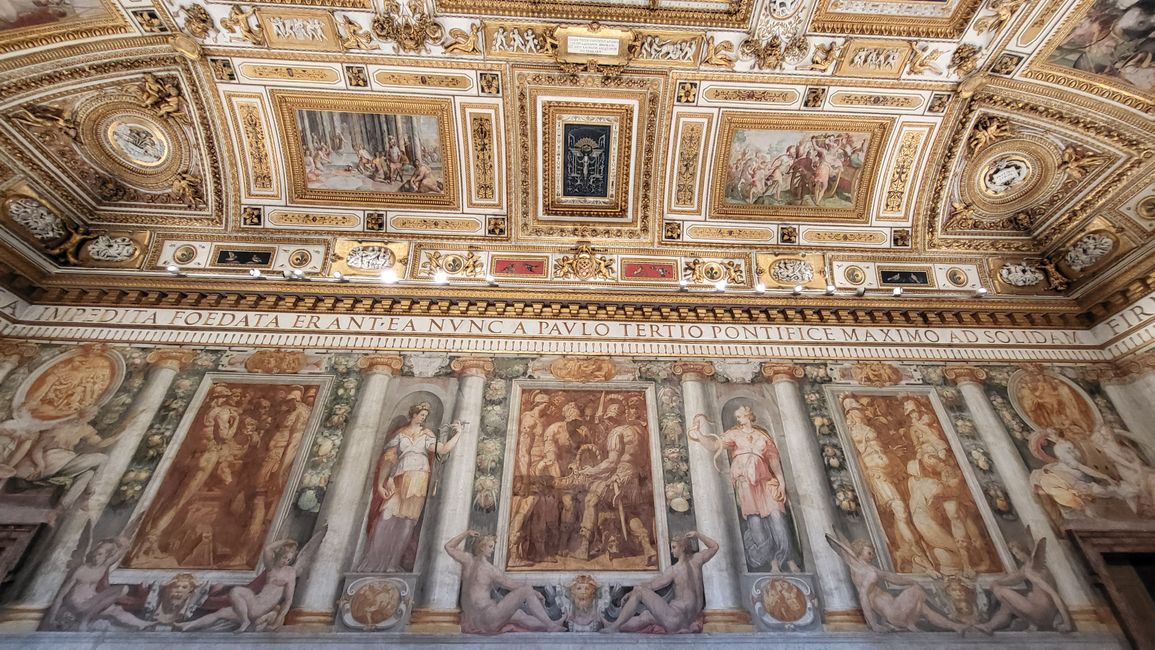
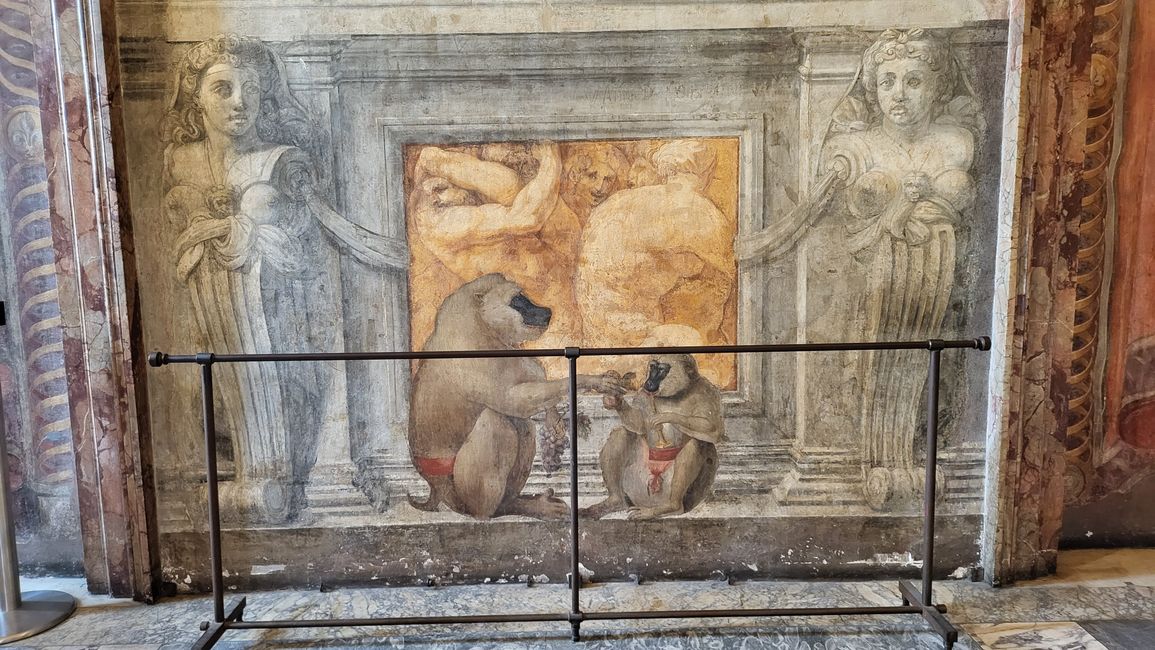

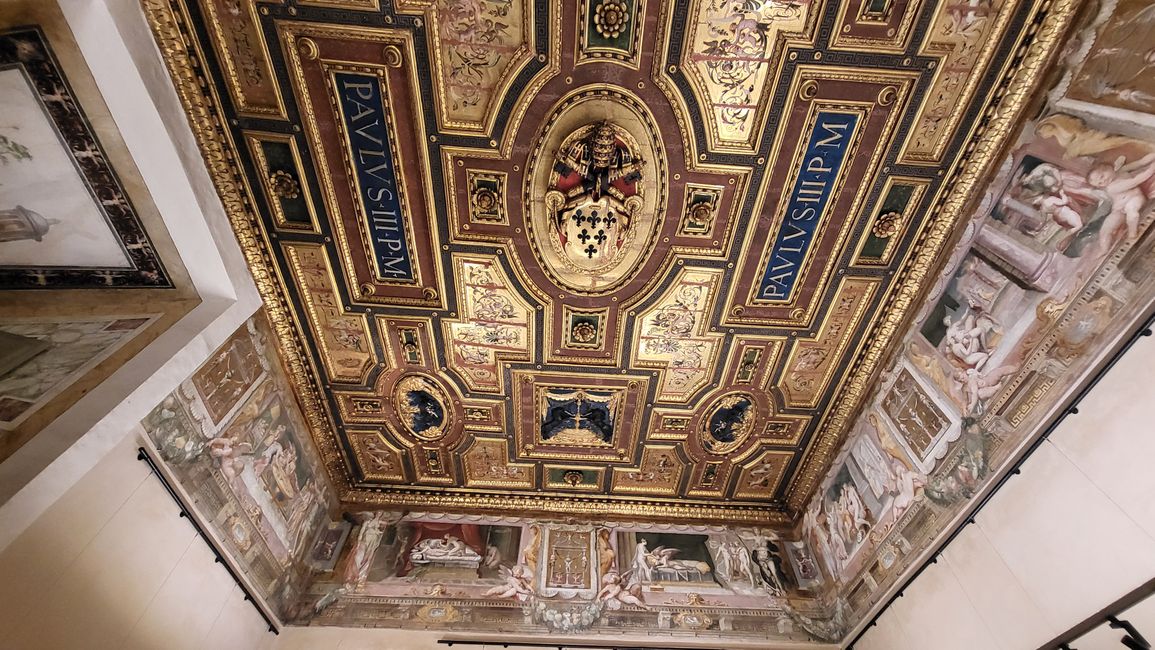
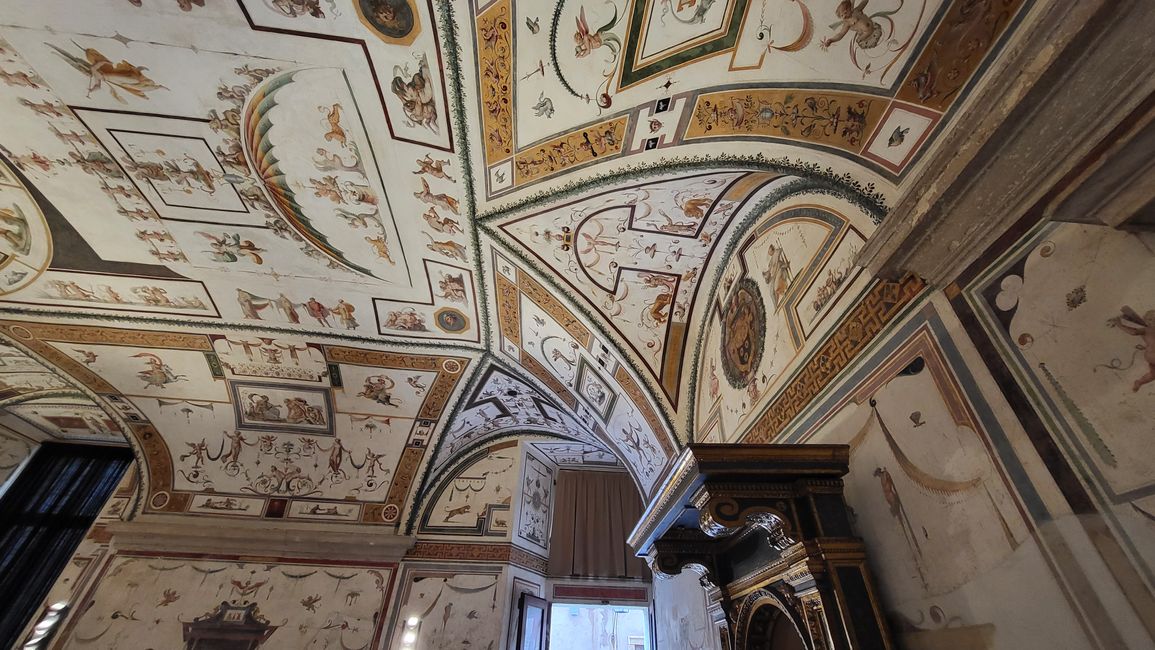
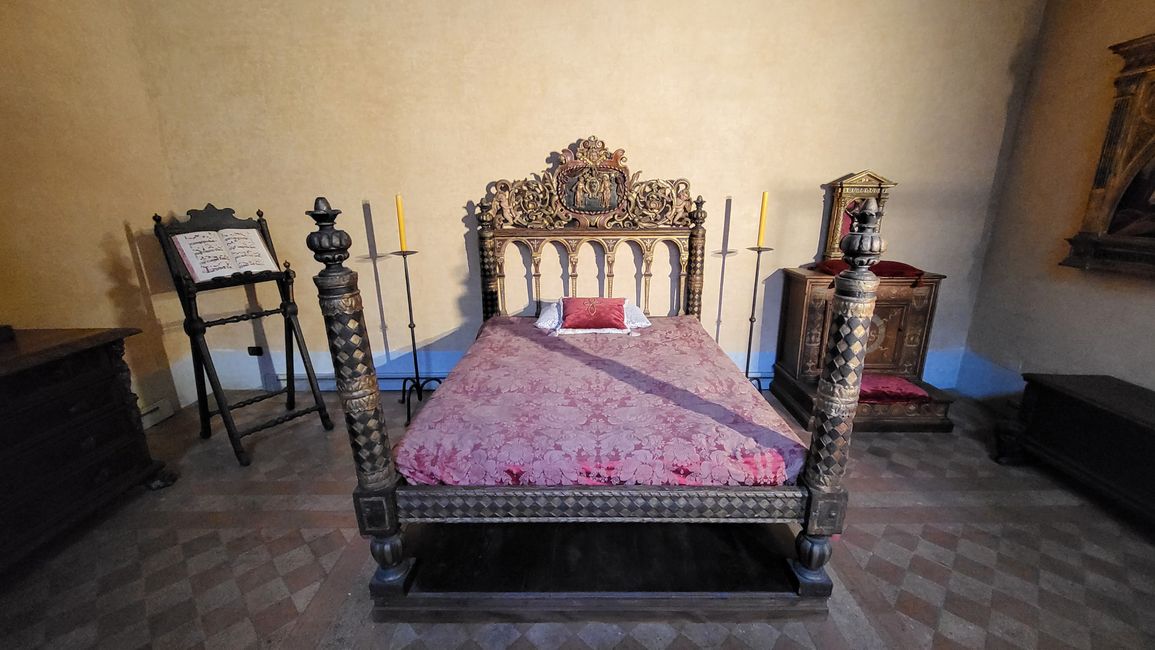
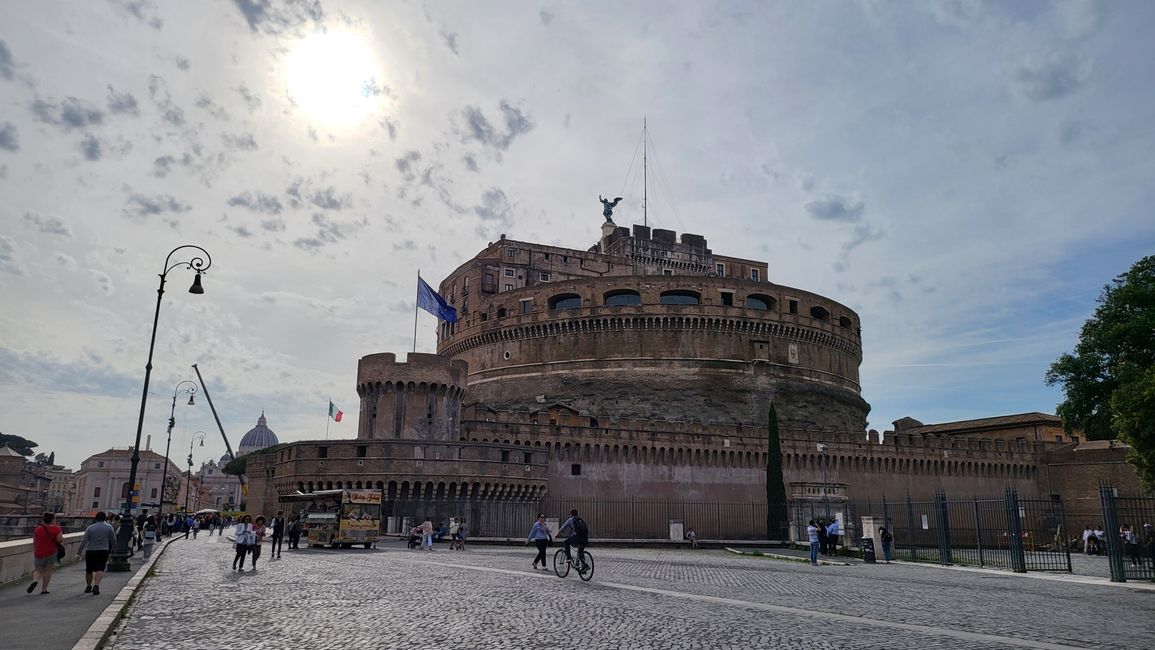
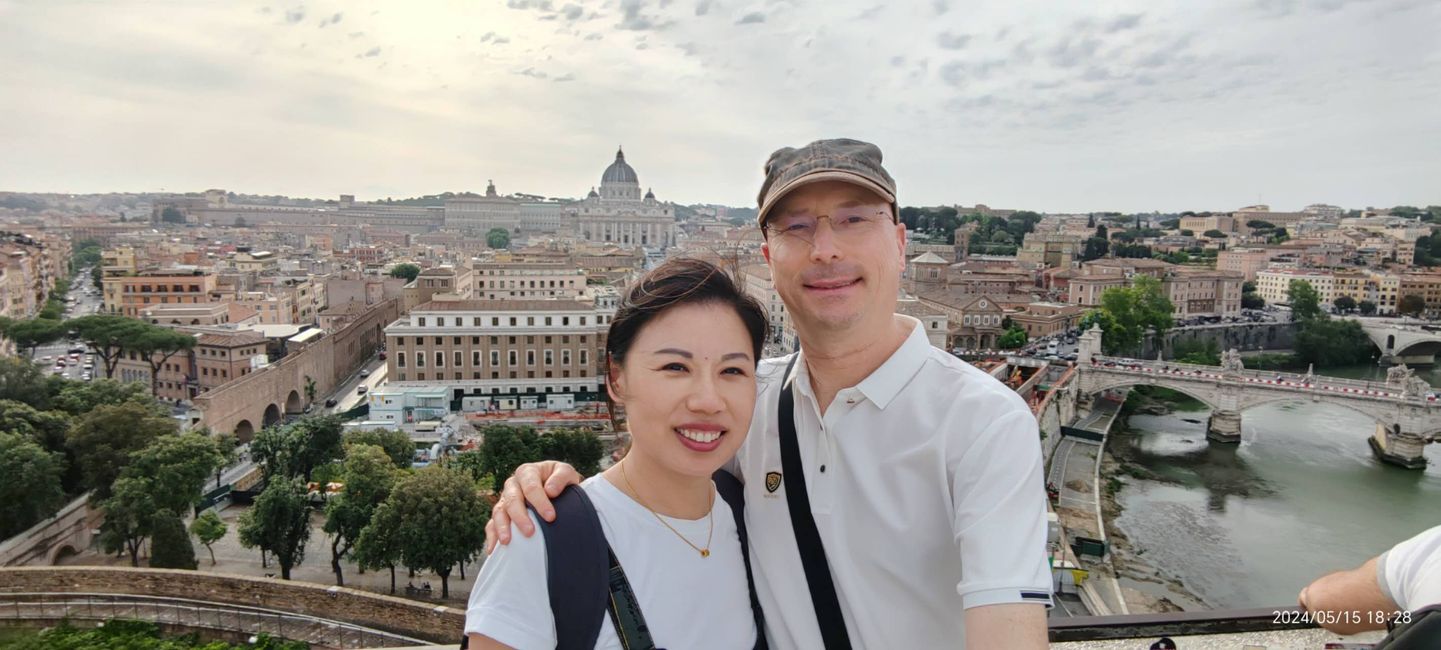
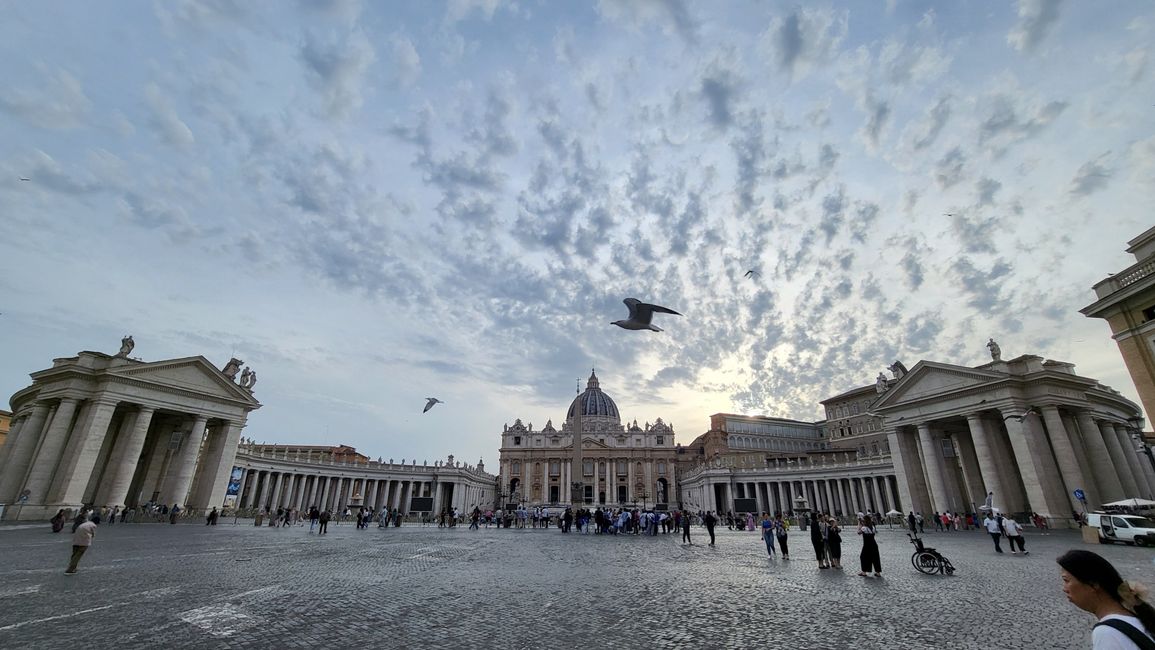
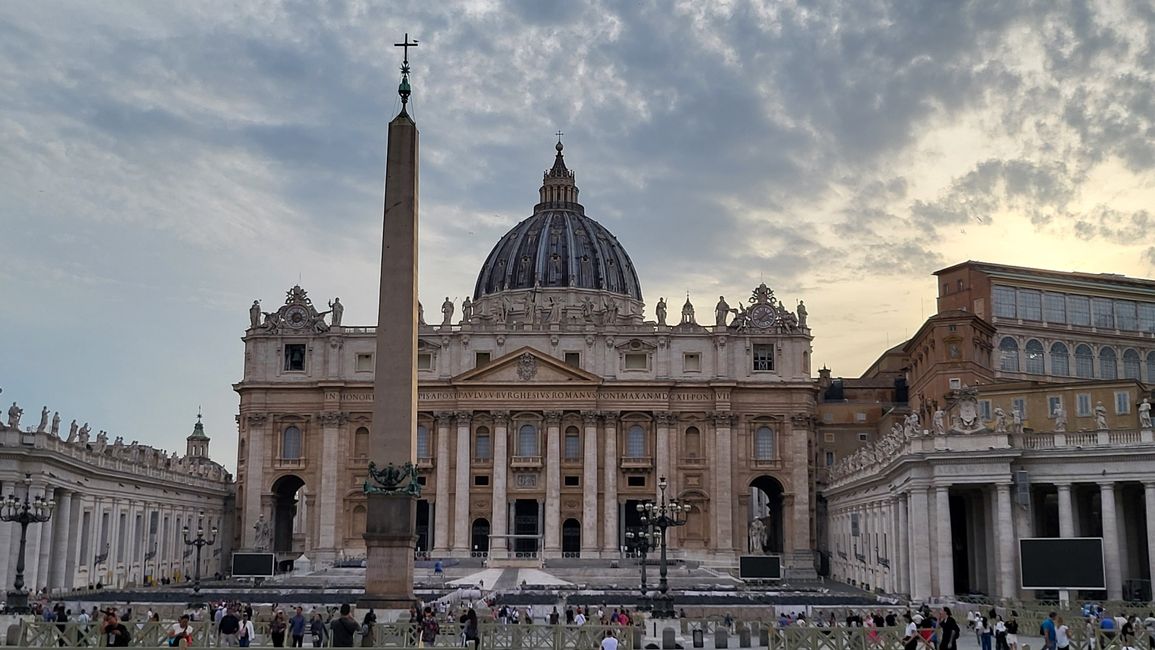
We have only touched on the Christian aspect of Rome; those interested in this history can visit many churches in the city and of course visit the Pope. Many tourists flocked to the church of Santa Maria Sopra Minerva in particular.
We limited ourselves to visiting the Castel Sant'Angelo, which was built as a mausoleum for Emperor Hadrian. Emperor Antoninus Pius also used the building as a mausoleum. But after a short time, the city's subsequent rulers abused and converted the building as a fortress and prison, which is why it now stands as a museum castle on the banks of the Tiber not far from Vatican City. I had hoped that the museum would reinstate its original purpose, namely as a mausoleum for these outstanding emperors, but I was very disappointed. A bridge, designed by the architect Giuseppe Valadier in 1825, leads through the former urn burial chamber. The urn niches are illuminated but empty and have no wall paneling.
On a small tablet is engraved the poem "Animula vagula blandula", which Hadrian himself is said to have written shortly before his death:
"Animula vagula blandula
Hospes comesque corporis
What now exists locally
Pallidula rigida nudula
Nec ut soles dabis iocos"
ChatGPT poetically translates the verses as follows:
"Little soul, wavering, tender and fine,
Guest and companion of my body,
Where are you hurrying to now, so weak and pale,
Bare and rigid, no longer cheerful and rich,
Without the jokes that once surrounded you?"
The poem reflects Hadrian's thoughts on the transience of life and the inevitability of death.
Another presumably identified burial chamber is called "La Sala del Tresoro" because the round room was used as a treasury by Pope Sixtus V in 1585. The other rooms can then be visited with the following design elements. Even though small models of Castel Sant'Angelo in different eras clearly illustrate the structural changes and imperial busts show the original purpose, the museum is at the very center of the papal subsequent use. The tour and the viewing platform then allow a beautiful view of Rome and in the Bar Minuetto you have a beautiful view of St. Peter's Basilica from the seating niches. The various popes have artfully furnished themselves in Castel Sant'Angelo, and there is also an 800 m long connecting corridor to the Vatican. Among other things, this served as an escape route for Pope Clement VII in 1527 during the sacking of Rome, in which 90 percent of the city's art treasures were stolen (Sacco di Roma). Clement VII's bedroom in Castel Sant'Angelo can still be visited today. The ornate “Sala Paolina” with its many wall paintings used to serve as the Pope’s reception room. The room was decorated by Perin del Verga between 1545 and 1547. The unusual depiction of two baboons is probably meant to refer to gifts from foreign ambassadors.
It is only a few minutes' walk from Castel Sant'Angelo to Vatican City and we take a few evening photos of St. Peter's Basilica before strolling back to our guesthouse, which is very close to the Holy See.
Cavab verin
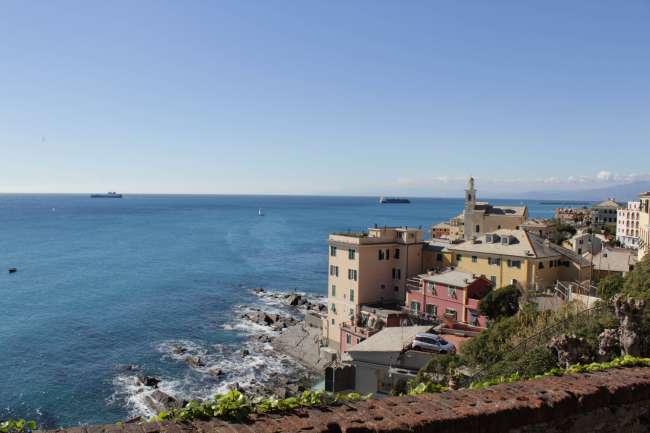
Səyahət hesabatları İtaliya
